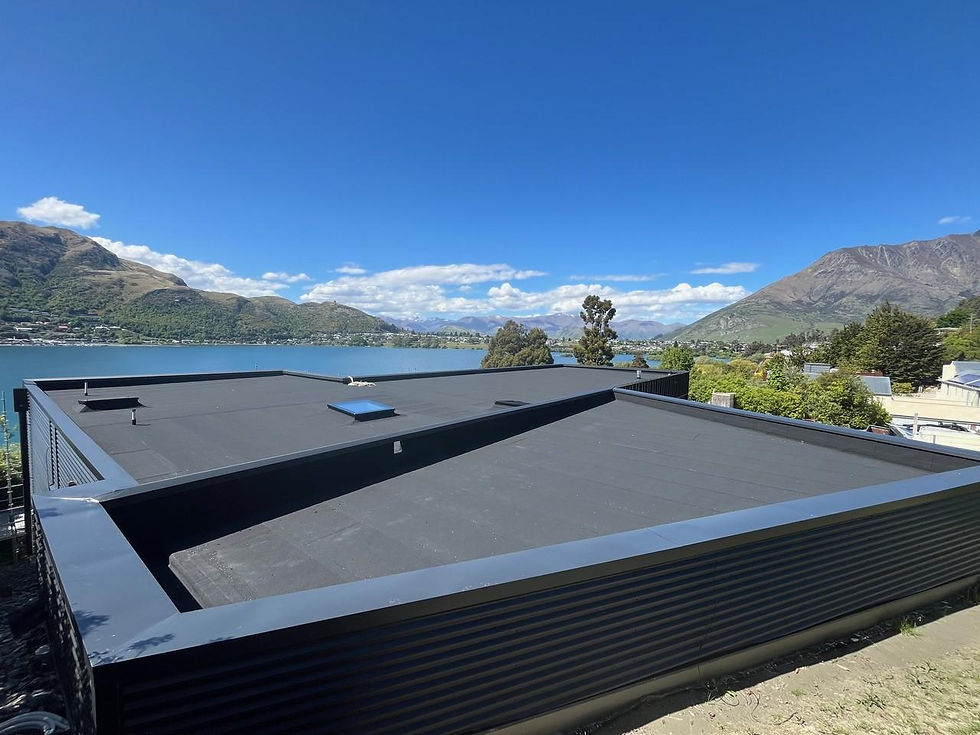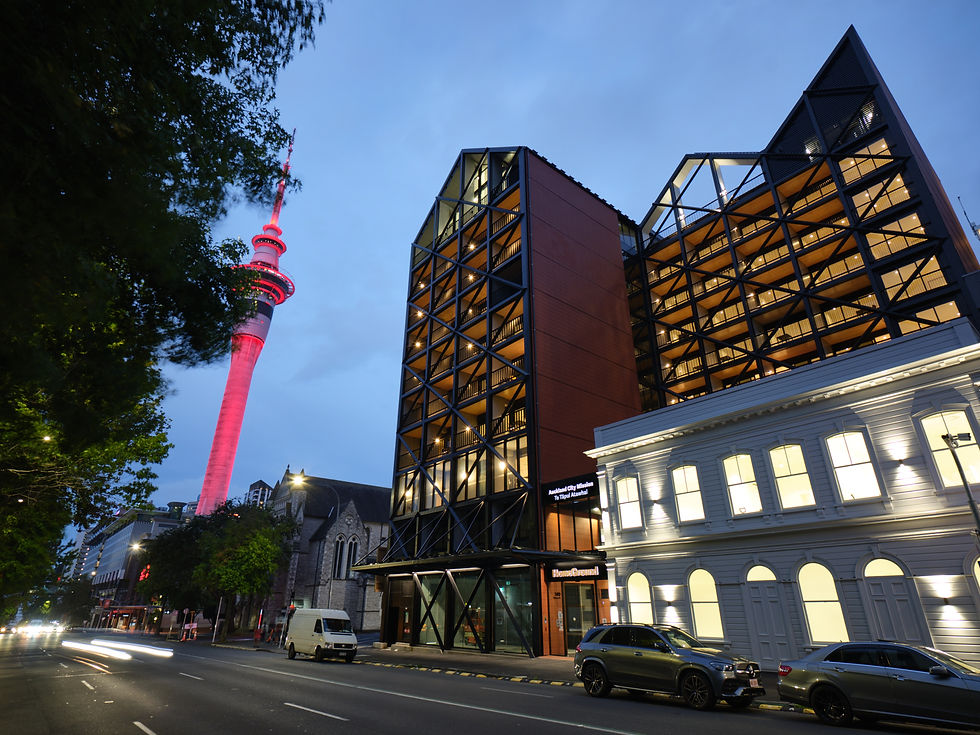Understanding Waterproof Membrane Options for Flat Roofs in NZ
Take the guesswork out of flat roof design by understanding which waterproof membrane systems perform best in NZ conditions.
1
Versatility – Choose systems suited for green roofs, solar, and decks.
2
Low Maintenance – UV- and puncture-resistant membranes reduce upkeep needs.
3
Flexible Fit – Install easily on complex shapes and substrates.


Key Considerations When Choosing a Waterproofing Membrane
Selecting the right waterproofing membrane is one of the most critical early decisions in flat roof design. New Zealand's unique climate and building methods demand materials that offer proven long-term durability and robust performance.
Key factors to consider include the substrate compatibility, exposure to foot traffic, and intended roof function (e.g. deck, green roof, or solar array). It's also important to account installation ease, particularly when weather dependencies come into play.
For example, TPO, EPDM, and PVC/KEE offer single-layer installation with heat-welded seams, while multi-layer bituminous systems provide redundancy in waterproofing layers.
Thoughtful system selection ensures the membrane performs reliably over decades of service.
Comparing Single-Ply, Bitumen, and Liquid Membrane Systems
Each membrane type used in New Zealand has unique strengths and challenges.
Single-ply systems like TPO, EPDM, or PVC/KEE are lightweight, UV-resistant, and can be quick to install. They are popular in builds where clean lines and low maintenance are priorities.
Bituminous membranes (torch-on) are multi-layered and extremely durable— ideal where redundancy and longevity are paramount, such as in high-risk or trafficable areas.
Liquid-applied systems, while versatile around complex shapes, demand meticulous site control and ongoing maintenance.
Choosing between these systems should depend on the specific building function, durability expectations, and installer expertise.
Optimal performance is achieved when the membrane is part of a complete, compatible system.
Related Nuralite Products

Understanding the Limitations of Each Membrane Type
While modern membranes offer high performance, no solution is perfect.
Single-ply membranes, for example, can be vulnerable to puncture if not adequately protected during construction or maintenance. Although some companies sell thin membranes, a minimum of 1.5mm thickness is recommended for durability.
Bituminous systems, while more durable, need more care to manage risks during installation and require experienced installers.
Liquid-applied systems rely heavily on correct application thickness and curing conditions, making them less predictable in cold or humid weather.
Additionally, some products do not have a long history of use in NZ which is risky especially if they do not carry independent reviews via CodeMark or a BRANZ appraisal.
For all membranes, a lighter colour is desirable as it helps keep the entire roof system cooler. Early engagement with membrane experts and technical support teams is essential.
FAQs
What is the best waterproofing membrane for flat roofs in New Zealand?
How do I choose between bitumen and TPO roofing membranes?
Are single-ply membranes durable enough for low-slope roofs?
What is the lifespan of various roof waterproofing membranes?
Can waterproof membranes be applied over existing roofing materials?
Related Webinars
.jpg)











